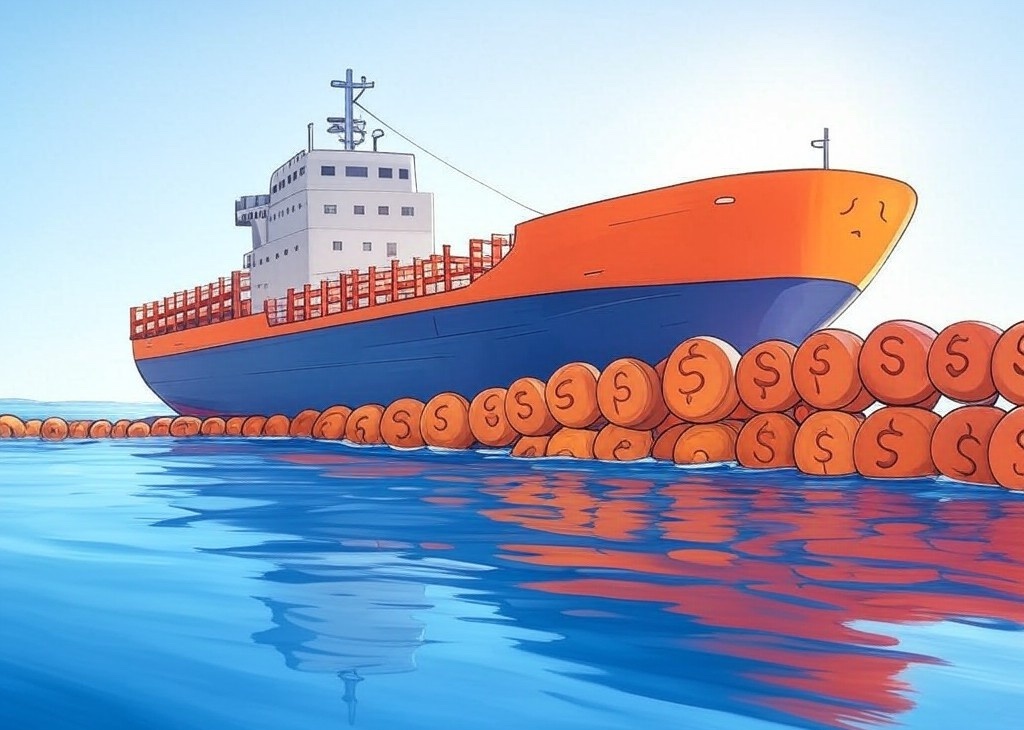
When Japanese auto import restrictions hit in the 1980s, Toyota started building plants in America. It wasn’t a factory invasion. Douglas Fraser, president of the United Automobile Workers at the time, went to Japan and pleaded with them to do it.
Now, with potential 60% tariffs looming, product makers face similar choices. Steve Madden is already moving nearly half of the production of its trendy footwear away from China.
Others are stockpiling inventory and reorganizing entire supply chains.
But this shift is different.
It’s BIGGER.
The implications cascade through layer after layer of commerce:
- Manufacturing components face huge increases
- Electronics will likely cost a lot more
- Consumer goods across categories will be affected
- Food prices could surge (Politicians take note: Canada and Mexico are America’s #1 and #3 agricultural suppliers)
But what’s notable to me is how non-obvious some impacts will be.
The tariff on electrical machinery, for example.
It hits the factory making your favorite LOCAL product.
The mineral fuel costs?
They affect transportation of literally everything that has to travel.
(Trying to stay apolitical, but any talk of going back to Covid-era fuel costs becomes lunacy in combination with oil and gas tariffs. And fuel brings EVERYTHING to the local factory and local stores.)
Price sensitivity has natural thresholds. But what happens when entire categories suddenly cost 60% more?
That kind of ripples will touch everything:
- Manufacturers restructuring inventory systems
- Businesses racing to find new suppliers
- Supply chains being completely reorganized
- Local alternatives scaling up fast while facing fuel and material cost headwinds
Action for today: Map your product’s full supply chain. Where are your vulnerabilities? Think of everything imports touch, including fuel, raw materials and components, affected ingredients. The biggest impacts can come from unexpected places. Start investigating contingencies for each of yours.
Laurier
Product Payoff: During the 1973 oil crisis, Honda‘s fuel-efficient CVCC engine went from an interesting innovation to an industry-changing advantage. External pressure can turns good ideas into great timing.
